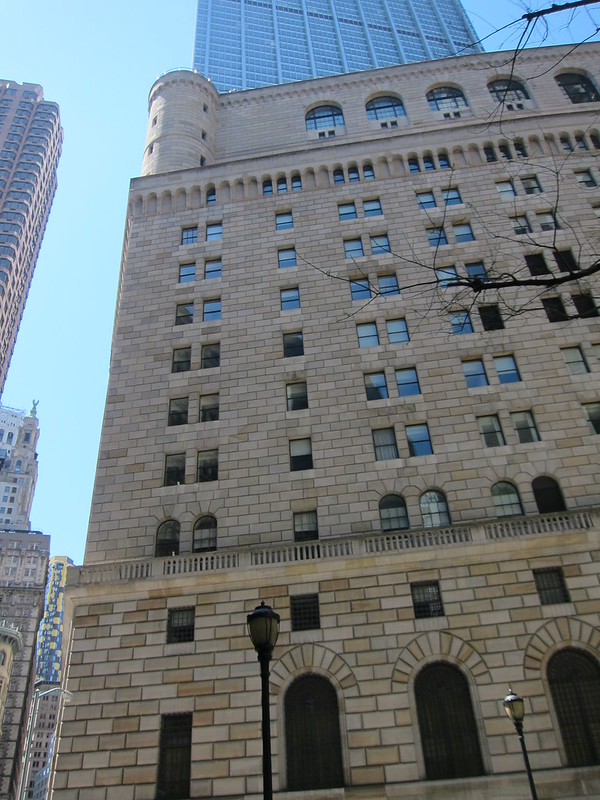The only explanations for why Central Banks have not bought government bonds directly, and instead through the secondary market, are not based on logic or experience.
Steve Keen is a Distinguished Research Fellow, Institute for Strategy, Resilience & Security, UCL
Cross-posted from Steve’s website Building A New Economics

In “A Simple Solution to the Banking Crisis That No Country Will Implement” (Patreon link; Substack link—both open access), I argued that The Fed could end the current crisis simply by buying all outstanding Treasury Bonds at face value. After that, in future The Fed should either let Treasury run an overdraft on its account at The Fed, or The Fed should purchase Treasury Bonds directly from Treasury.
Neither of these practices are unprecedented: as I noted in that post, The Bank of England let the UK Treasury operate an overdraft during Covid, while The Fed routinely purchased bonds directly from Treasury before The Banking Act of 1935, and occasionally even after that—notably, during WWII.
Kenneth D. Garbade, a Vice-President of the New York Fed, explained the origin of the practice of requiring The Fed to only purchase bonds in the secondary market in “Direct Purchases of U.S. Treasury Securities by Federal Reserve Banks” (Garbade 2014). It’s hard to read his history and not conclude that the current system—which requires Treasury to sell bonds to private banks and “primary dealers”, rather than to The Fed—was based on the rickety pillars of the self-interest of bond traders, and delusional ideas about money held by the mainstream economists who staff The Fed, and misinform our politicians.
The Abstract to Garbade’s paper highlights how Keystone Cops-like—to mix my analogies—the whole kerfuffle over direct Fed purchases of Treasury Bonds was:
1) Why did Congress prohibit direct purchases in 1935 after they had been utilized without incident for eighteen years, 2) why did Congress provide a limited exemption in 1942 instead of simply removing the prohibition, and 3) why did Congress allow the exemption to expire in 1981? (Garbade 2014, Abstract. Emphasis added)
As Garbade noted, direct Fed purchases of Treasury Bonds had not led to the sky falling—nor any other calamity—in the years before the 1935 Act. So why prohibit them then? The best reasons he could find in the literature were that this was done “to prevent excessive government expenditures”. The Federal Reserve Chair from 1934 till 1948, Marriner Eccles, put it this way in 1942:
“The restriction forbidding Federal Reserve banks to buy Government obligations except on the open market was imposed … on the theory that forcing the Government to borrow on the open market would afford a check on excessive public expenditures”. (Garbade 2014, p. 5, quoting Eccles)
Eccles followed up in 1947 with the explicit statement that this theory was erroneous:
Those who inserted this proviso were motivated by the mistaken theory that it would help to prevent deficit financing. According to the theory, Government borrowing should be subject to the “test of the market.”
[T]here was a feeling that [the absence of a prohibition] left the door wide open to the Government to borrow directly from the Federal Reserve bank all that was necessary to finance the Government deficit, and that took off any restraint toward getting a balanced budget. (Garbade 2014, p. 6, quoting Eccles)
Though Garbade queries both reasons on logical and empirical grounds, they are nonetheless the only ones he proffers—and humanity is hardly deficient in actions undertaken for illogical or empirically fallacious reasons. So arguably, and on the word of one of the most famous Chairmen of all time—for good reasons, for a change—the requirements that the Treasury should not run an overdraft, and also should not sell bonds directly to The Fed, reflect self-interest and ignorance of the monetary system, rather than logic and experience.
Thanks to many generous donors BRAVE NEW EUROPE will be able to continue its work for the rest of 2023 in a reduced form. What we need is a long term solution. So please consider making a monthly recurring donation. It need not be a vast amount as it accumulates in the course of the year. To donate please go HERE.


Be the first to comment